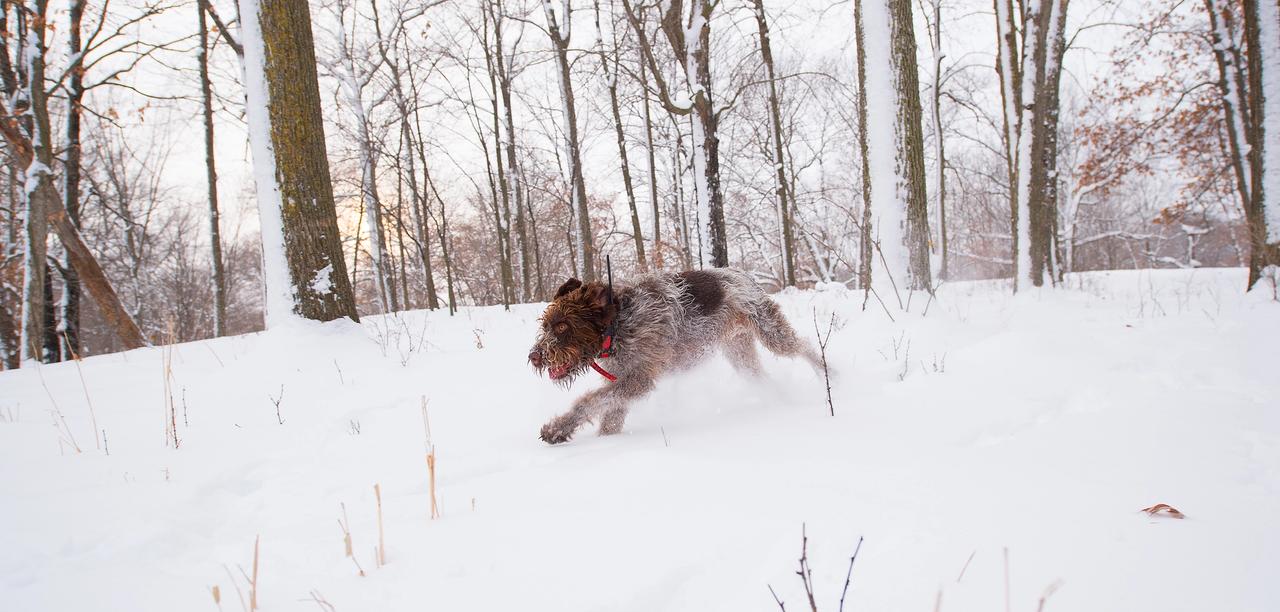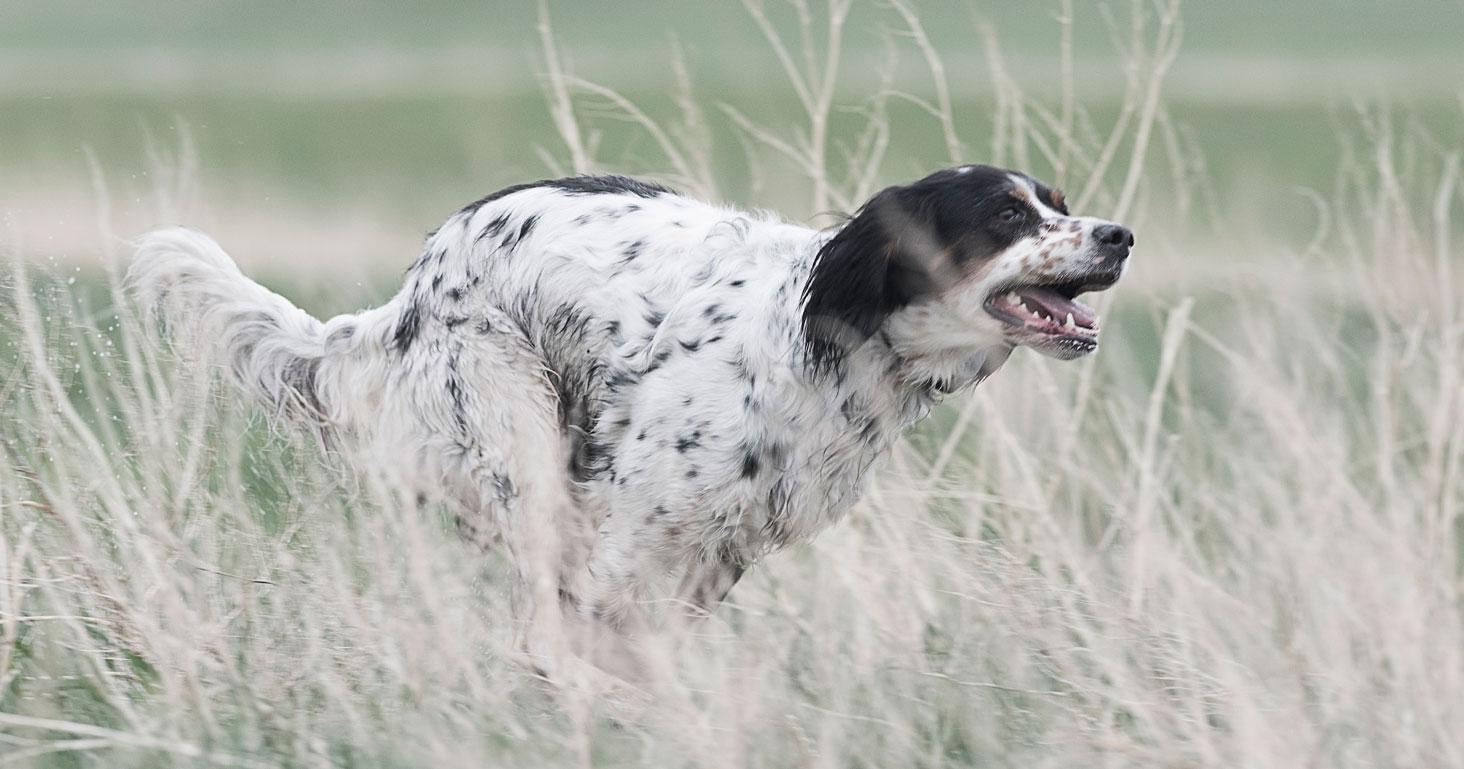
5 Essential Safety Tips for Walking Your Dog in Winter
Posted by The SportDOG StaffKeep your training sessions with your dog quick and efficient to stave off cabin fever, while keeping your dog safe in inclement weather. For those of you caught in the polar vortex, you know it can limit your time out with your dog.
The freezing cold temperatures can make it tempting to stay inside, but too much time away from the great outdoors can have a negative effect on you and your dog. Cabin fever can result in decreased responsiveness to commands, increased inappropriate activity and decreased drive.
To safely and effectively maintain your training routine with your doggo during the winter months, follow these quick tips:
Tip #1: Keep Sessions Short
This is a good thing to keep in mind for any training session, but it's especially important in months of extreme weather. Your dog only needs 10-15 minute sessions to stay sharp on old skills or to learn new ones. If your focus is on conditioning and repetition you can take on 4-5 commands per session. If you’re working on new behaviours, stick to 1-2 per session.
Tip #2: Be On Alert for Snow Consumption
Some dogs find it real tempting to scoff down snow. In small amounts this is alright, but too much can put your dog at risk of hypothermia. Eating snow lowers your dog’s internal body temperature also lowering the amount of time they can spend in the cold.
To help avoid this always keep fresh water available during training sessions. If the behaviour continues despite alternatives, you can teach your dog not to ingest the snow by following our training protocol for correcting behaviours.
Tip #3: Watch the Feet
A dog's feet can be incredibly sensitive to the elements. Check your dog’s feet often to ensure they are not too chapped or wounded to train. Don't leave them exposed, uncovered to snow/ice for long durations as frostbite and nerve damage are possible in these conditions. It’s best to invest in a good set of dog boots if that is an option.
Finally, if you're in an area that might be treated with ice melt, wash your dog's paws after every walkabout. Some saltwater can cause serious damage to your mate's pads.
Tip #4: Groom Regularly
This is especially important for long haired dogs. In extreme conditions it is possible for icicles to form on your dog's ears, nose, coat or beard. It's important to remove these quickly as the ice can penetrate the coat and injure the dog's skin
Tip #5: Proceed with Caution
Believe it or not, there is such a thing as too cold to hunt and train. It’s pretty bloody cold, but it exists. If the temperatures in your area are even close to hazardous, skip the session for the day. A couple of days here and there won't undo all of your hard yakka. A few days of cabin fever won’t be fun for anyone, but it’s far better than a trip to the emergency vet.
Related Articles

